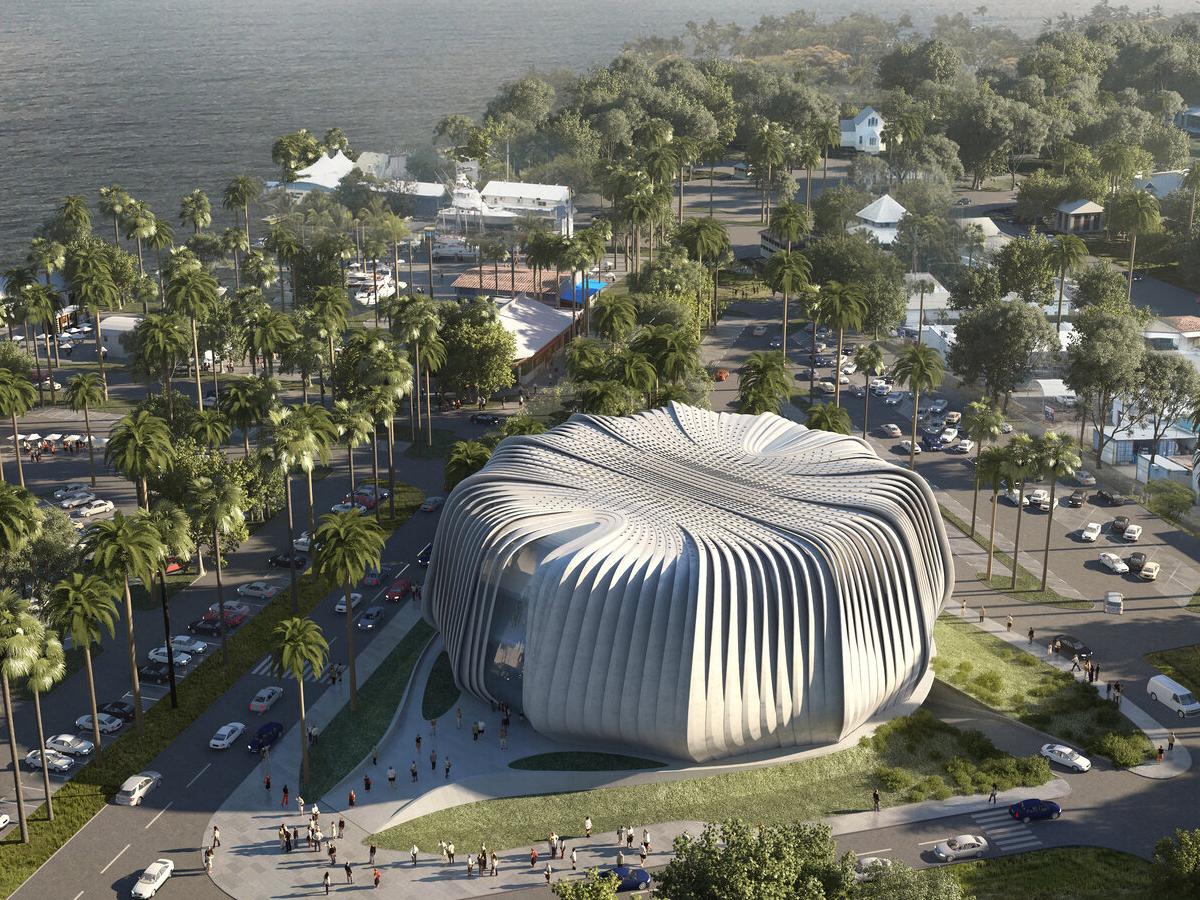Plans are underway for the world’s first dedicated coral conservation facility. Located at the gateway to the Great Barrier Reef in Port Douglas, North Queensland, Australia, the project will be a world-first in conservation and education of these vital marine ecosystems, under threat from climate change.

Designed by Contreras Earl Architecture, with engineering and sustainability consultants Arup and Werner Sobek, the primary goal of the facility is to keep alive and nurture over 800 species of the world’s hard corals. The new building typology will be the only dedicated facility of its kind in the world. Through its design and engineering it will be a world leader in next-generation renewable energy design, creating optimal conditions for coral storage while minimising energy consumption and solar gain.
The project is being developed in collaboration with Great Barrier Reef Legacy and some of the world’s best scientific minds and educators. While the corals will be the primary building user, the 6,830sq m multi-function centre will also host exhibition areas, an auditorium and classrooms as well as advanced research and laboratory facilities over four levels. Visitors to the centre can observe live coral reefs in aquarium displays, and observe the ‘theatre of science’ in action, as coral husbandry experts go about their daily work. Exhibitions and events will be curated to interpret and teach.
The building’s sculptural form is inspired by the ‘mushroom’ coral – a hard coral identified by distinctive protective radial fins. The Living Coral Biobank’s facade is conceived as a series of organic undulating concrete fins clustered closely at ground level to offer protection from adverse tropical conditions including threats of flood. As they progress upwards the fins twist and unfurl, allowing natural light and ventilation of the upper levels while providing solar shading. The fins pull apart progressively towards Level 4 to provide a culminating visitor experience of a naturally-lit exhibition and education space.